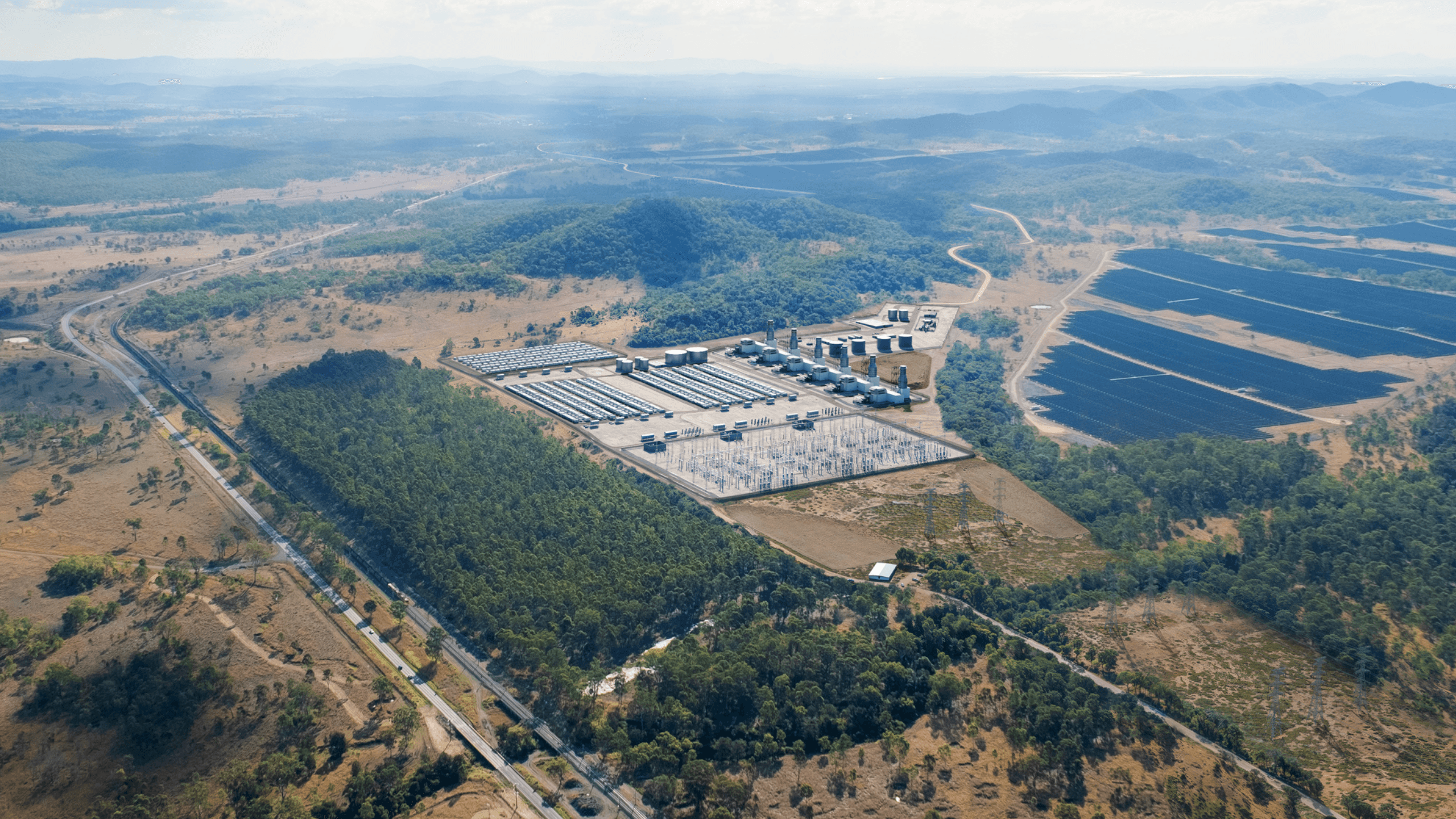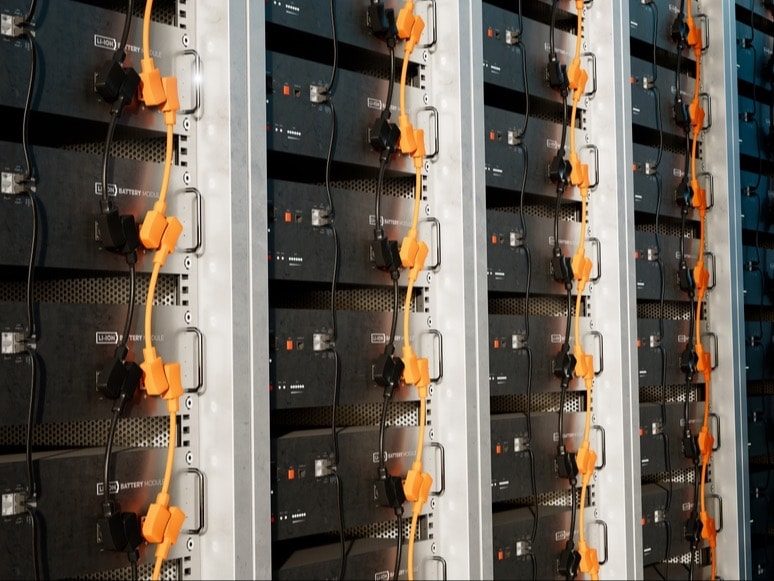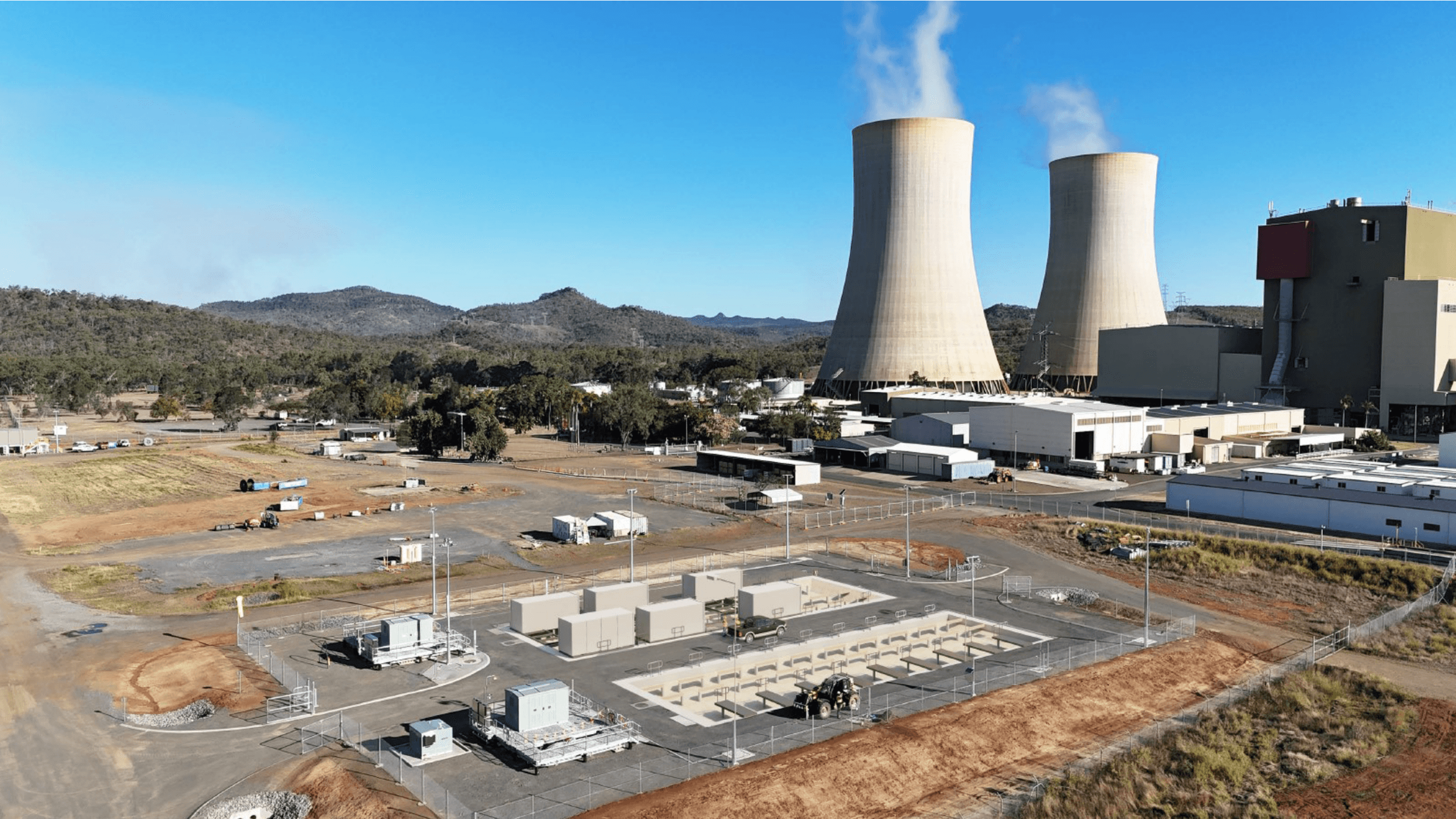
- Media releases
- Gas Power
- Battery storage
Stanwell and Quinbrook Strengthen Partnership with Gladstone SDA Energy Hub Agreement
03 December 2025

A Battery Energy Storage System (BESS) is a technology that stores electrical energy in batteries for later use. It acts as a buffer between energy generation and consumption, particularly crucial for integrating renewable energy sources and ensuring grid stability.
At the end of 2023, a total of twenty seven large scale batteries were under construction in Australia which are set to provide 5 GW of stored energy. In its latest Integrated System Plan, the Australian Energy Market Operator forecasts Australia will need at least 49 GW of storage by 2050.
Clean Energy Council analysis shows the average duration of the BESS is growing. Projects commissioned in 2024 averaged 2.7 hours which reflects a growing trend toward 4-hour duration batteries in the National Electricity Market (NEM) - necessary to cover evening peak periods.
Household battery uptake in Australia continues to grow, with a self-reported figure of 7% of systems installed having a battery system. Domestic battery usage will continue to expand as electric vehicles and energy independence are embraced in the market.
At their core, batteries store energy chemically and release it as electricity through a process called electrochemistry. When charging, electrical energy is converted into chemical energy - most commonly with Lithium which is the lightest metal and has the highest electrode potential. When discharging, that chemical energy is converted back into electrical energy and delivered to the grid or end users.
Battery energy storage systems (BESS) apply this principle at scale. They combine rechargeable batteries with inverters and sophisticated control systems that regulate the flow of energy. These systems store ‘excess’ electricity, often from renewable sources like solar and wind, and release it during periods of peak demand, or when generation drops.
By charging during low-demand periods and discharging when supply is tight, BESS help balance the grid and support a stable, secure electricity supply. Their ability to respond almost instantly to market signals makes them a vital part of the energy mix as we add more variable renewable generation.
The world’s first grid-scale lithium ion battery was commissioned in California in 2012.
The Stanwell BESS is the largest battery project in Queensland.
Australia is the world’s largest exporter of Lithium.


03 December 2025
05 November 2025

03 November 2025
Stay up to date with quarterly news from Stanwell, delivered straight to your inbox. Learn more about our projects, partnerships and how we're delivering affordable, reliable and secure electricity for Queensland.